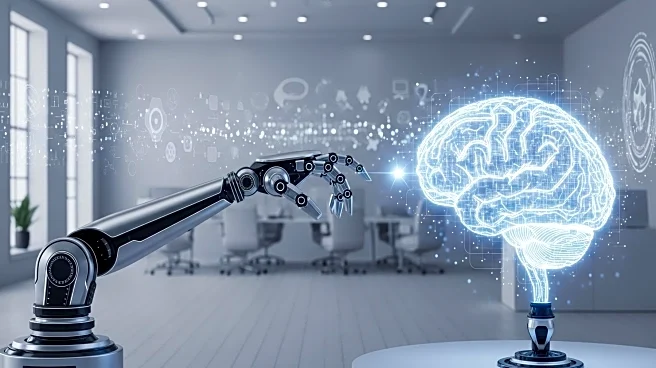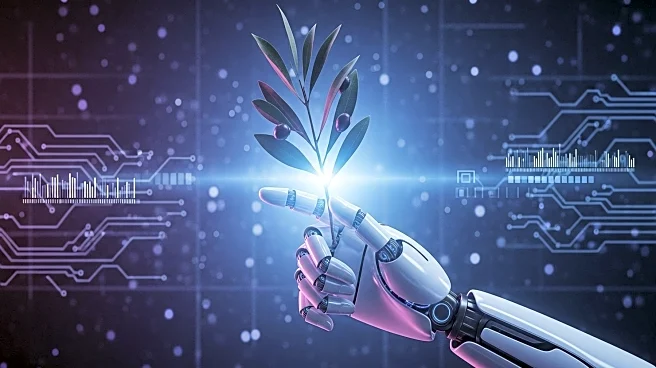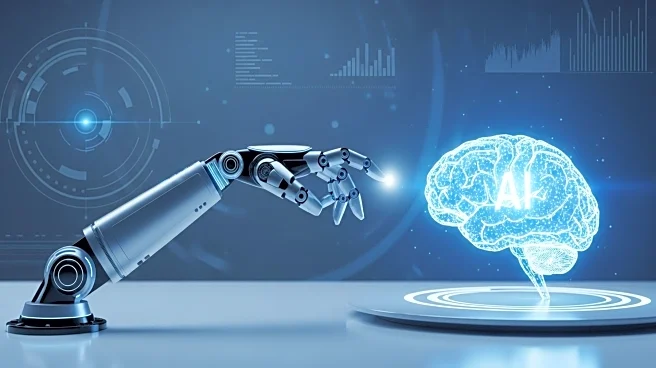What is the story about?
What's Happening?
Goldman Sachs research indicates that AI infrastructure spending has contributed $160 billion to the 'true GDP' of the U.S. since 2022, although only $45 billion is reflected in official statistics. This discrepancy highlights the challenge of measuring AI-driven economic growth. Concurrently, long-term unemployment in the U.S. has doubled since early 2023, with over 1.9 million workers unemployed for 27 weeks or more. This situation signals a stagnating labor market and increased hiring hesitancy.
Why It's Important?
The economic impact of AI is substantial, yet difficult to quantify in traditional GDP measures. This underscores the transformative potential of AI on the economy, influencing investment strategies and policy decisions. The rise in long-term unemployment presents challenges for HR leaders, who must address biases against candidates with employment gaps and invest in upskilling to meet the demand for AI and tech skills. These trends highlight the need for adaptive workforce strategies and inclusive hiring practices.
What's Next?
As AI continues to reshape the economy, businesses and policymakers will need to develop new metrics to accurately assess its impact. HR leaders must focus on creating inclusive hiring practices and investing in employee upskilling to address long-term unemployment. The evolving labor market may prompt changes in employment policies and workforce development programs to better align with technological advancements.
Beyond the Headlines
The integration of AI into the economy raises ethical considerations regarding job displacement and the need for equitable access to new opportunities. As AI-driven growth becomes more prevalent, there is a risk of widening economic disparities. Addressing these issues requires a balanced approach to innovation and social responsibility, ensuring that technological progress benefits all segments of society.
AI Generated Content
Do you find this article useful?













